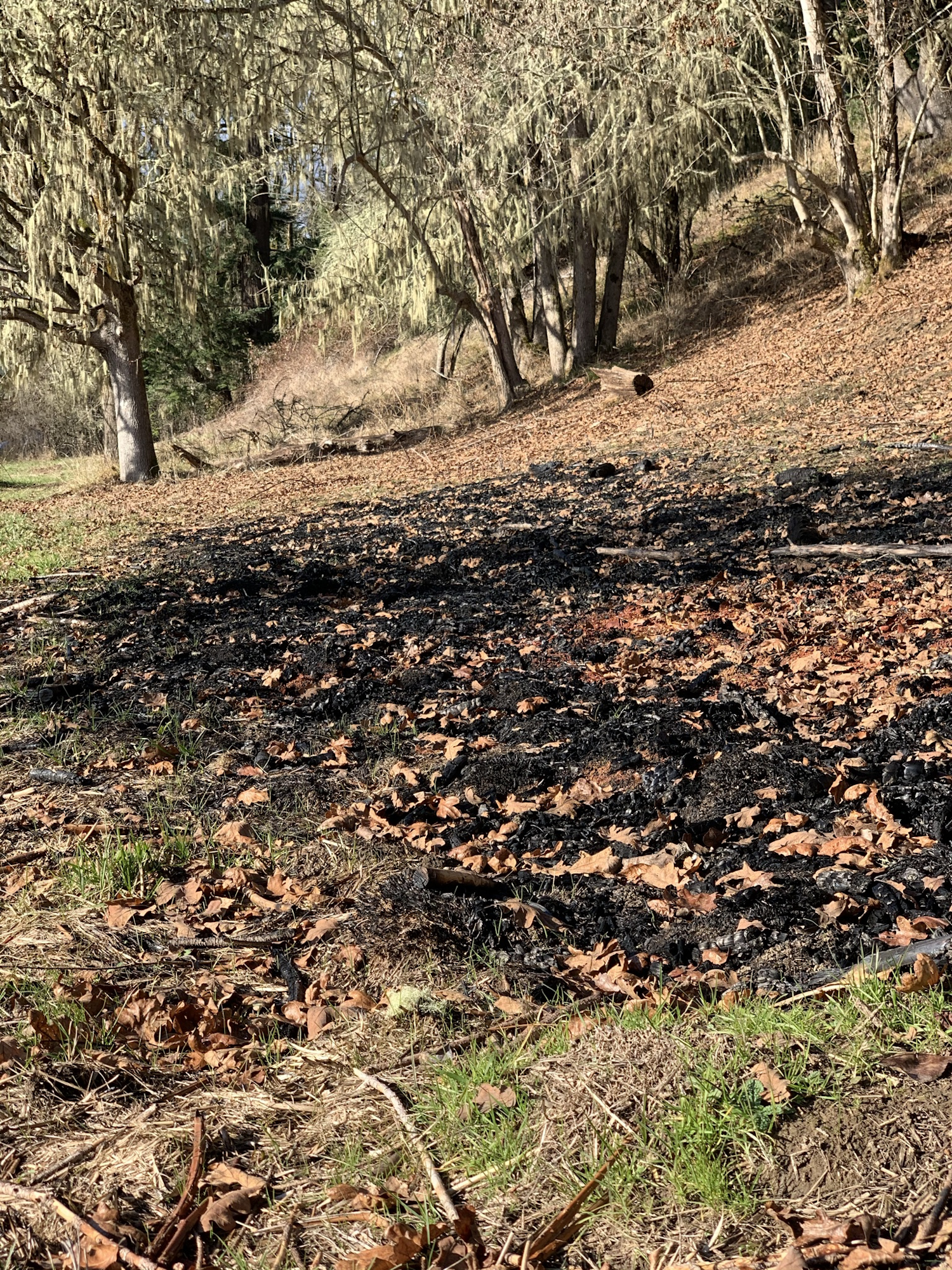The Dirt | Lessons with George Ice

Diverse natural landscapes managed by landowners who understand and appreciate the importance of ecosystem services are fundamental to what makes Benton County a mighty fine place to live and work.
One such landowner is George Ice, past BSWCD Chair. For 35 years, George worked as a research forest hydrologist with the National Council for Air and Stream Improvement, Inc. NCASI is the oldest environmental research group funded by a single industry, forest products. Another testament to his dedication to the land, George serves on the Local Advisory Committee for the Middle Willamette Agricultural Water Quality Management Area.
George lives in the Upper Muddy Creek watershed and manages his land to improve the floodplain function and quality of habitat. Like George, some folks dedicate their land to conservation, a continual maintenance approach not to be confused with neglect or fallow. Conservationists work to improve or preserve ecosystems that store and clean water and support wildlife. They control invasive species and plant and protect native vegetation to reduce soil erosion during seasonal high water events.

To the west of George’s land, seeps and springs trickle into tributaries in the Coast Range. The water flows toward the Willamette Valley floor via Hawley and Hammer Creeks. George has agreed to host a water quality monitoring station on his property, downstream of the Hawley-Hammer confluence. I visited on December 9th to scout for a station installation site.
There, much of Hammer Creek is incised with seemingly vertical banks that would make for hazardous access and difficult data collection. George led me to a spot near an irrigation pump which will suffice for monitoring, except during years like 1996 when he remembers the floodplain under four feet of water.
My visit became more than a monitoring mission. It was a lesson in love of the land. As we hiked around the property, George pointed out groups of vegetation and discussed his management practices. He showed me conifers close to his buildings that he had limbed up to reduce fire hazard.

George’s do-list includes seed harvest from a large area of sedge growing in the floodplain. We passed Douglas-fir (Pseudotsuga menziesii) and Ponderosa pine (Pinus ponderosa) that he has planted through the years. He learned to place a couple of feet of chicken wire around the base of his newly planted conifers, to deter the beaver who invariably harvest dam-building materials as soon as a tree gains a bit of girth. The wire is expanded as the tree trunk grows.

We walked along the base of an upper terrace slope held in place by roots of Oregon white oak (Quercus garryana). A burn scar is evidence of woody residue treatment after removal of blackberry (Rubus armeniacus). Next, a stand of cottonwood (Populus trichocarpa) in stages of harvest.

Nearby, I snapped a photo of George dwarfed by an ancient Douglas-fir. To me, that picture captures a long-term, symbiotic relationship between man and tree. The man toils for a good chapter of his lifetime to maintain the health of an ever-changing ecosystem, while honoring the tree’s existence. The tree, as allowed by the man and the grace of nature, grows and grows, to photosynthesize carbon dioxide into sugar, transpire water into the air, and sequester carbon above ground and in the soil.
This is a special place.

